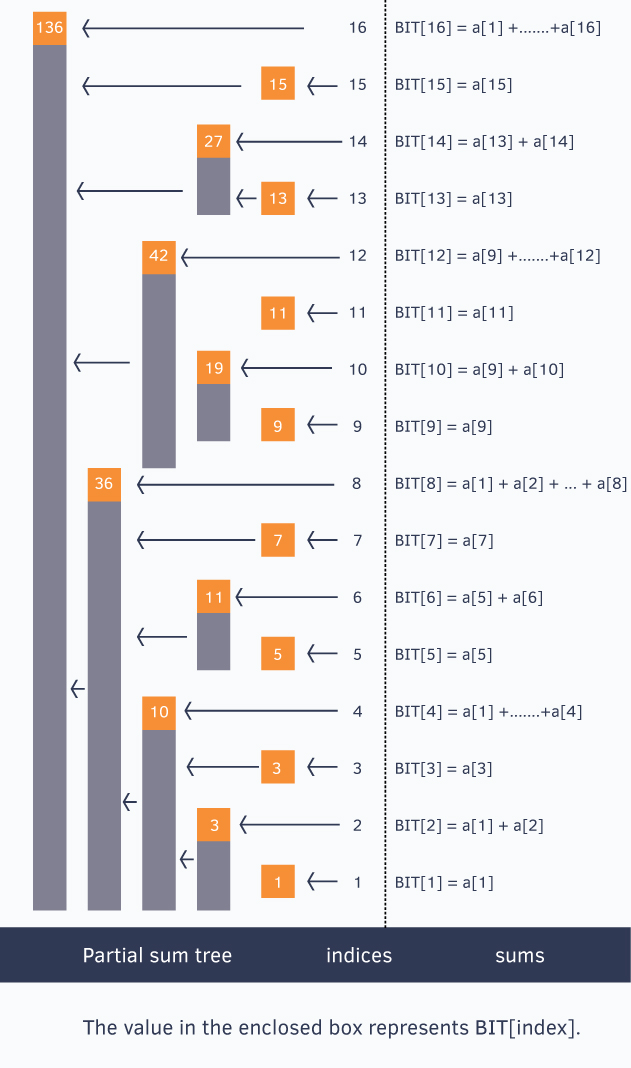- tutorial: See here
- image for the how data is stored in different index
- problem1.py - See problem here
- intersection => set1.intersection(set2) or set1 & set2
- union => set1.union(set2) or set1 | set2
- difference => set1.difference(set2) or H - R
- symmetric difference => set1.symmetric_difference(set2) or set1 ^ set2
- update => set1.update(set2) or set1 |= set2
- intersection_update => set1.intersection_update(set2) or set1 &= set2
- difference_update => set1.difference_update(set2) or set1 -= set2
- symmetric_difference_update => set1.symmetric_difference_update(set2) or set1 ^= set2
- issubset : set1 <= set2 => True=> set1 subset of set2
- permutations of size r => from itertools import permutations => permutations(iterable, size)
- combinations of size r => from itertools import combinations => combinations(iterable, size)
- combinations_with_replacement
- import calendar.. :) one of the coolest moodule...
- import re ..=> cool module to deal with strings and substrings
- from html.parser import HTMLParser => shit ass parser to parse HTML
- from fractions import Fraction => supercool module to deal with Fractions and arithmetic..
- pop, remove, discard..
import numpy as np ==> axis = 0 => column, axis = 1 => row
- numpy.sum ---> axis = 0,1,None
- numpy.prod ---> ""
- numpy.min---> ""
- numpy.max ---> ""
- numpy.mean-->""
- numpy.var--> ""
- numpy.std--> ""
- numpy.dot --> matrix product
- numpy.cross --> cross product
- numpy.inner
- numpy.outer
- numpy.poly
- numpy.roots
- numpy.polyint
- numpy.polyval
- numpy.polyder
- numpy.polyfit
- numpy.linalg.det
- numpy.linalg.eig--> eigen value and eigen vector
- numpy.linalg.inv--> multiplicative inverse
you can find the great article about it at here

